1830 New York City Revival
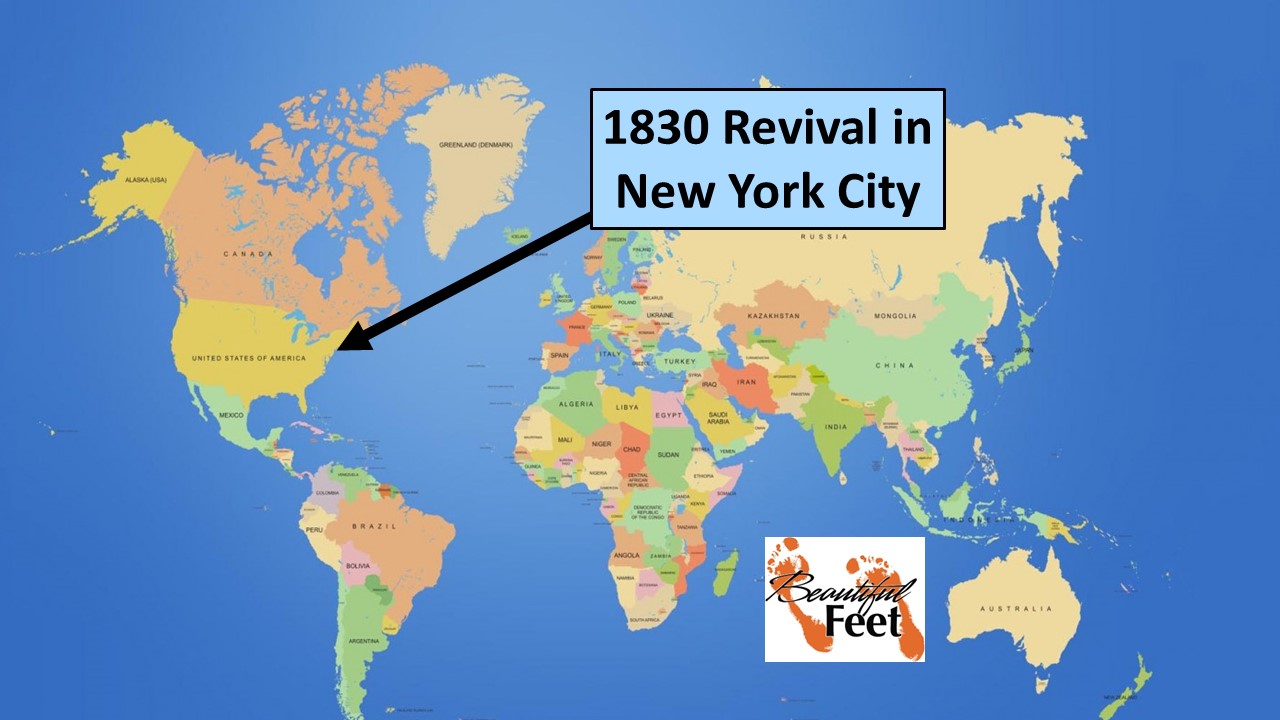
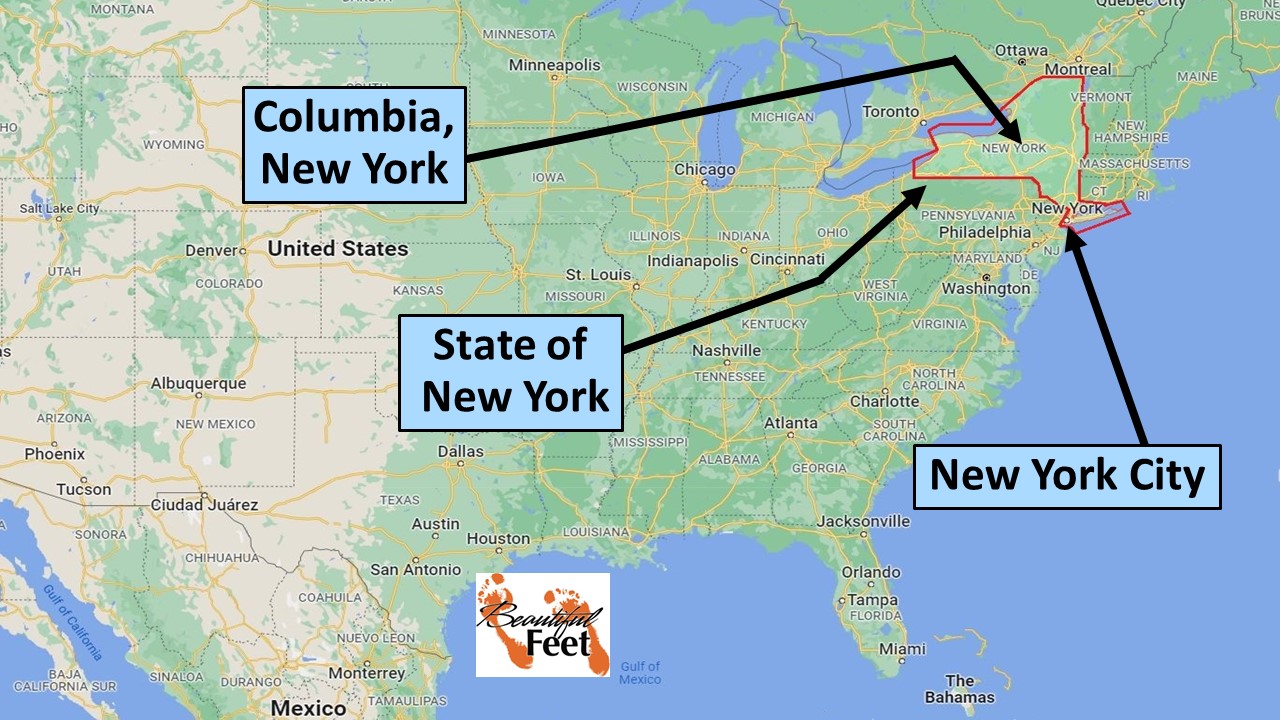
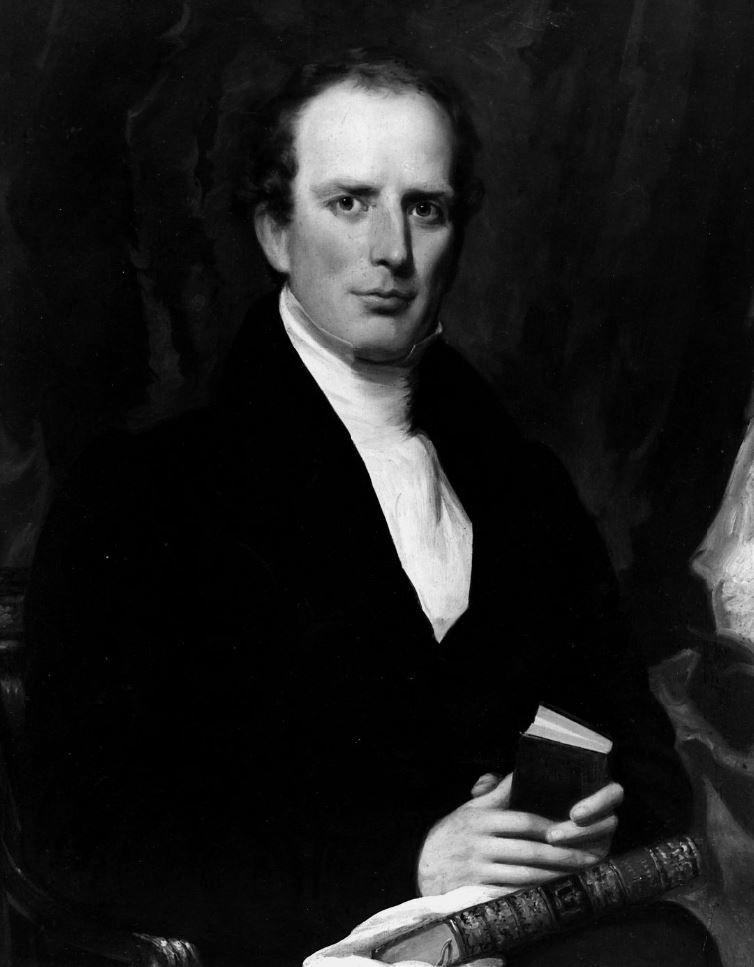
Charles Grandison Finney – Father of modern revivalism and the leading figure of the Second Great Awakening
Introduction
Charles G. Finney’s (1792-1875) unique methods of evangelism earned him the title of the “father of modern revivalism.” His methods paved the way for other mass-evangelists, like Dwight L. Moody, R. A. Torrey, John W. Chapman, Billy Sunday, and Billy Graham, who adapted and built upon Finney’s methods.
Background Information
With this revival account being one in a sequence of revivals during the life of Charles G. Finney, we recommend first reading our accounts of the initial revivals he was involved with in the northern and central part of New York State:
► 1824 Evans Mills German Settlement Revival
► 1824 Antwerp, New York Revival
► 1824 Revival at Perch River and Other Locations
► 1825 Revival in Gouverneur, New York
► 1825 Revival in De Kalb, New York
► 1825 Revival in Western, New York
► 1825 Revival in Rome, New York
► 1826 Revival in Utica, New York
► 1826 Revival in Auburn, New York
► 1826-1827 Revival in Troy, New York
► 1827 New Lebanon & Stephentown Revivals
► 1827-1829 Revival at Wilmington and Philadelphia
► 1829 Reading, Pennsylvania Revival
► 1829 Lancaster, Pennsylvania Revival
► 1829 Columbia, New York Revival
From Columbia, New York to New York City
Following Finney’s revival in Columbia, New York, he received an invitation to go to New York City. Finney’s family arrived in New York City on Saturday, October 17, 1829, and he began preaching the next day. He concluded his work there at the end of July 1830.
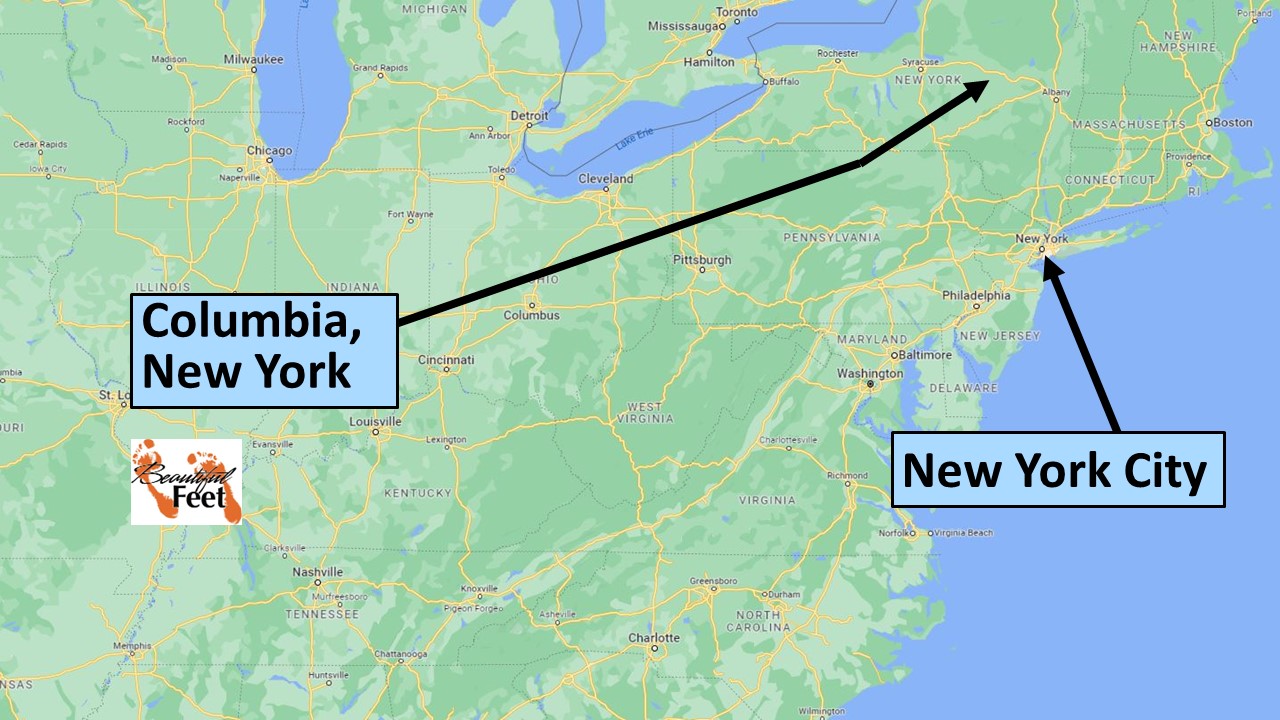
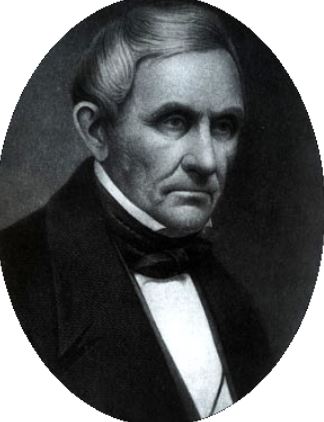
Anson G. Phelps
Industrialist & Philanthropist
(1781-1853)
The Revival Was Fully Funded
The request to come to New York came from Anson G. Phelps, an extremely wealthy businessman who had heard that the ministers in New York City had united in their efforts to block Finney from preaching in any of their churches. Even with such opposition, Phelps rented a vacant church on Vandewater Street, and according to Finney,
There we had a powerful revival.
By February 1830 the revival was in full swing, with 40 people attending the anxious meeting (new convert class). By May the report was that conversion numbers exceeded 200.
In less than three months, Phelps, with his own money, purchased a church on Prince Street near Broadway. A congregation was formed with those who converted to Christ in the church on Vandewater Street. Finney continued in New York till the end of the summer.
Preaching Schedule
Finney typically preached three times on Sunday and gave a lecture on Thursday evenings. In addition to preaching at the churches on Vandewater and Prince Streets, Finney also preached in other locations. In late March 1830, he was preaching in the Presbyterian church in Poughkeepsie, New York.

Locations of the two churches
just southeast of today’s Chinatown.
Conversion of a Thief
Finney was not in the habit of keeping a record of the number of people converted during his revivals. However, he said the number of people who were won to the Lord “was large.”
One covert during this revival was a thief, a young lady who had habitually stolen items, beginning her actions from early childhood.
This young lady approached Finney one day, being under severe conviction of sin. She told him of her obsession with stealing, and that she had been doing it from the time she was a child. Anything she could get her hands on, she would steal:
handkerchiefs, and breastpins, and pencils, and whatever she had an opportunity to steal… Almost every kind of an article that a young lady could use.
Finney told her she had to go to the people and confess her sin and return the items to them. Though it was a great struggle for her, the power of her conviction of sin was stronger, and she began carrying out what she knew she had to do.
Finney required her to report back to him occasionally, and she told him:
Some of them say I am crazy; some of them say that I am a fool; and some of them are very much affected.
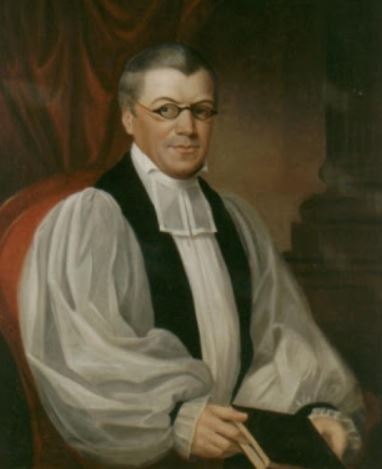
John Henry Hobart
(1755-1830)
Theft from the Bishop’s Daughter
One of the items the young lady stole was a shawl from the daughter of the Episcopal Bishop, John Henry Hobart (1775-1830), then Bishop of New York. As with all the other items, when the lady told Finney of the theft, he said she must also return the shawl.
Several days later the young woman told Finney that she went to the residence of the bishop, rang the doorbell, and handed the shawl to the servant and immediately ran, so no one would know who delivered that shawl. But her conscience got the best of her, and she returned and told the bishop, and she gave this account of his reply:
He wept, laid his hand on my head, and said he forgave me and prayed God to forgive me.
Power of Conviction
As is common during revivals, the conviction power of sin can be intense, and people overcome with such conviction spend sleepless nights and tormented days until they yield to the Holy Spirit and confess their sins and turn from them.
With the young woman having stolen so many objects, it took her months to complete her work, and
Sometimes her convictions would be so awful that it seemed as if she would be deranged.
Finney’s Departure from New York
Finney continued preaching at the Prince Street church for several months, concluding his ministry there toward the end of July 1830. From there he became engaged in his most renowned revival, the 1830-1831 Rochester, New York Revival.
Finney Revival Account List
Access all accounts of Finney’s revivals using this link.
Primary Sources
► Chapter XX Revivals in Columbia and New York City: The Memoirs of Charles G. Finney by Charles G. Finney
► The Memoirs of Charles G. Finney: The Complete Restored Text by Charles G. Finney
Secondary Sources
► Charles G. Finney by Wikipedia
► Charles Grandison Finney & the Second Phase of the Second Great Awakening by Christian History Institute
► Eerdman’s Handbook to Christianity in America by Mark A. Noll
► Fire From Heaven by Robert Evans
► Great Revivals and the Great Republic by Warren Candler
► Man of Like Passions: The Life Story of Charles Grandison Finney by Richard E. Day
► Memoirs of Revivals of Religion by Charles G. Finney
Return to List of Revival Stories
Chet & Phyllis Swearingen:
Office: (260) 920-8248
romans1015@outlook.com
Beautiful Feet
P.O. Box 915
Auburn, IN 46706

